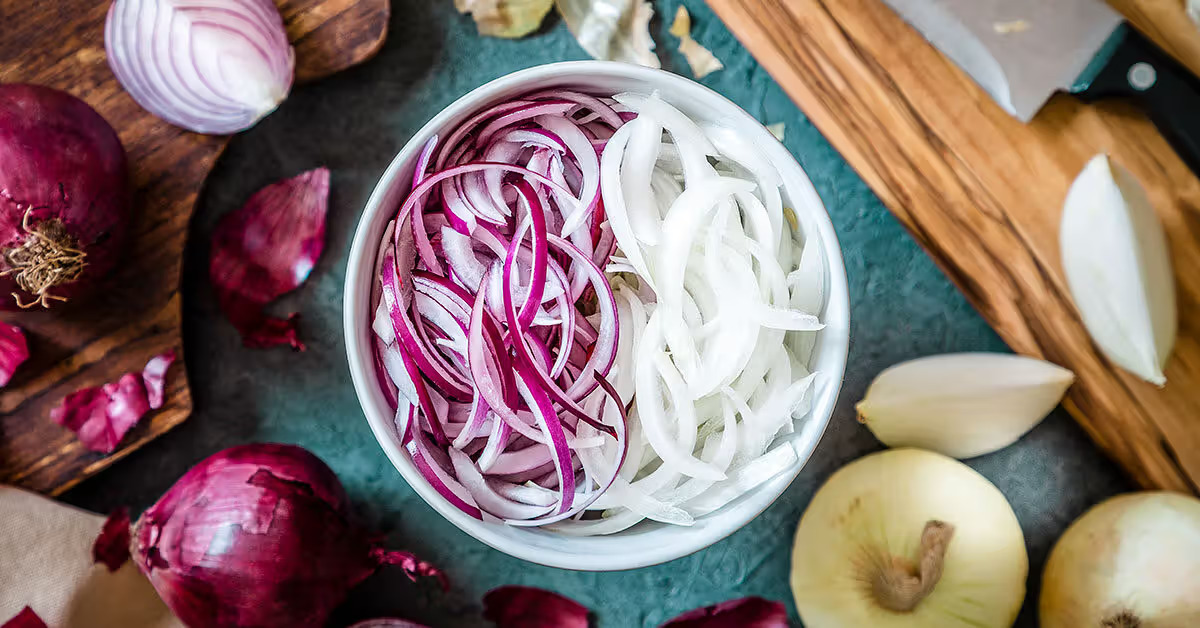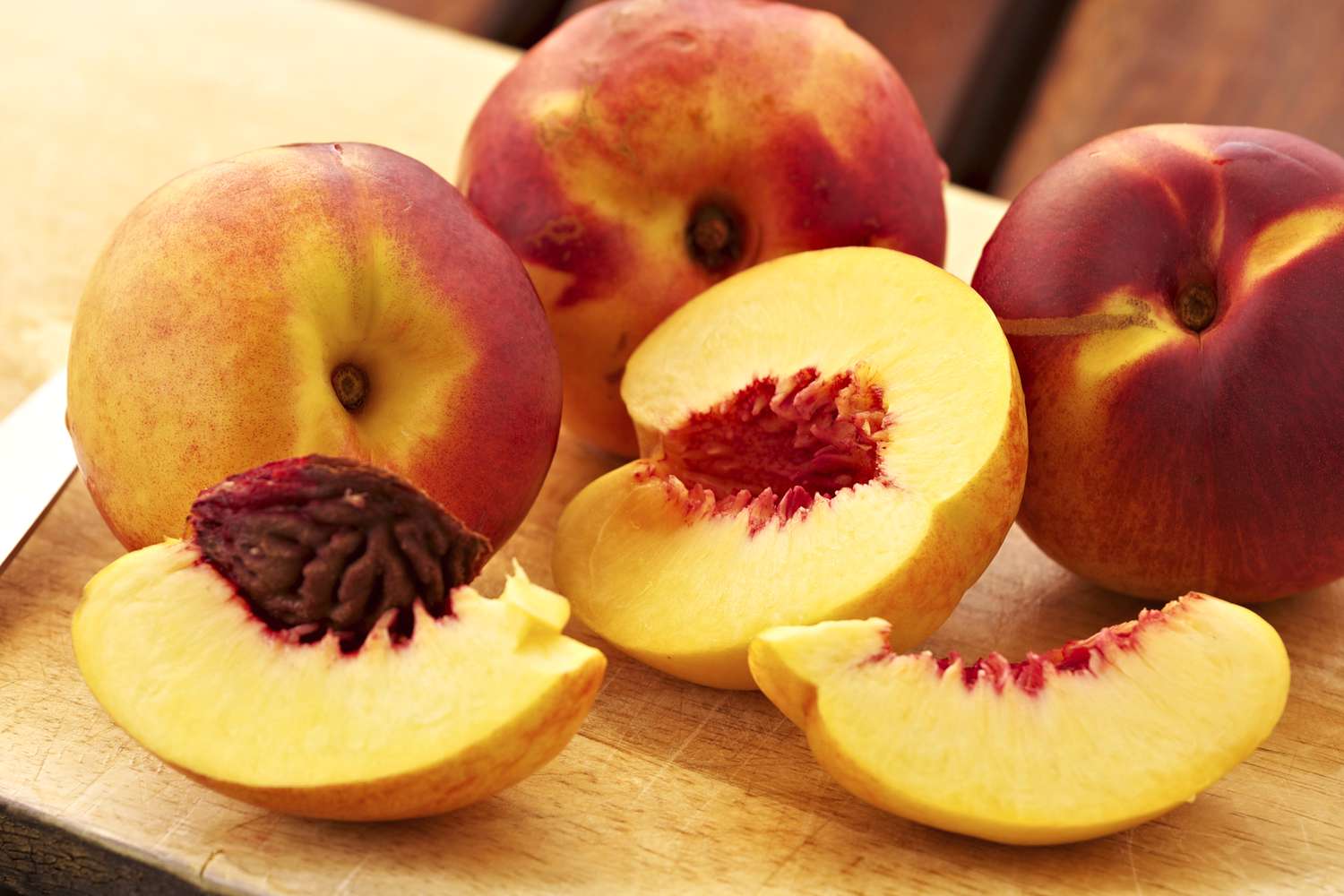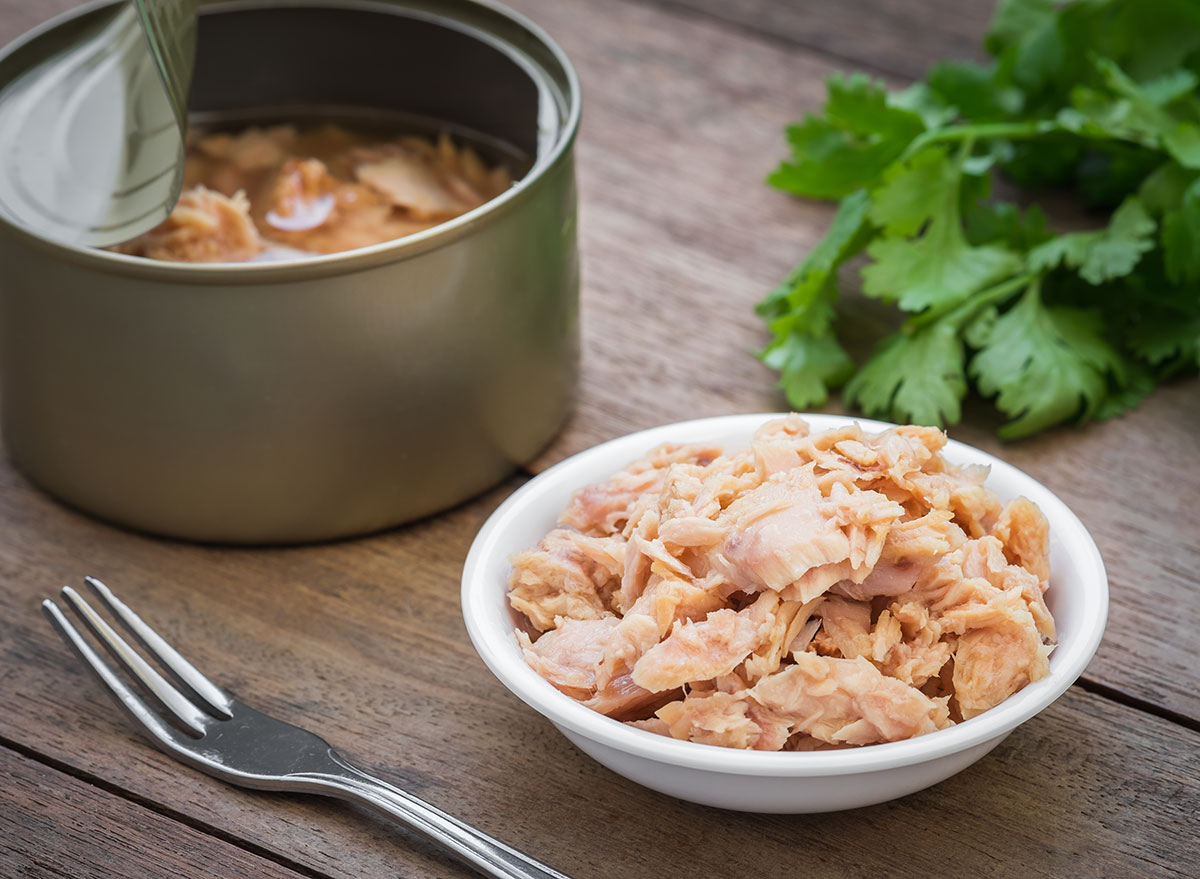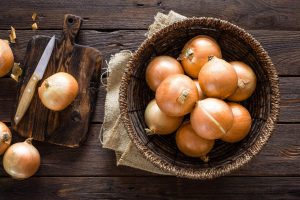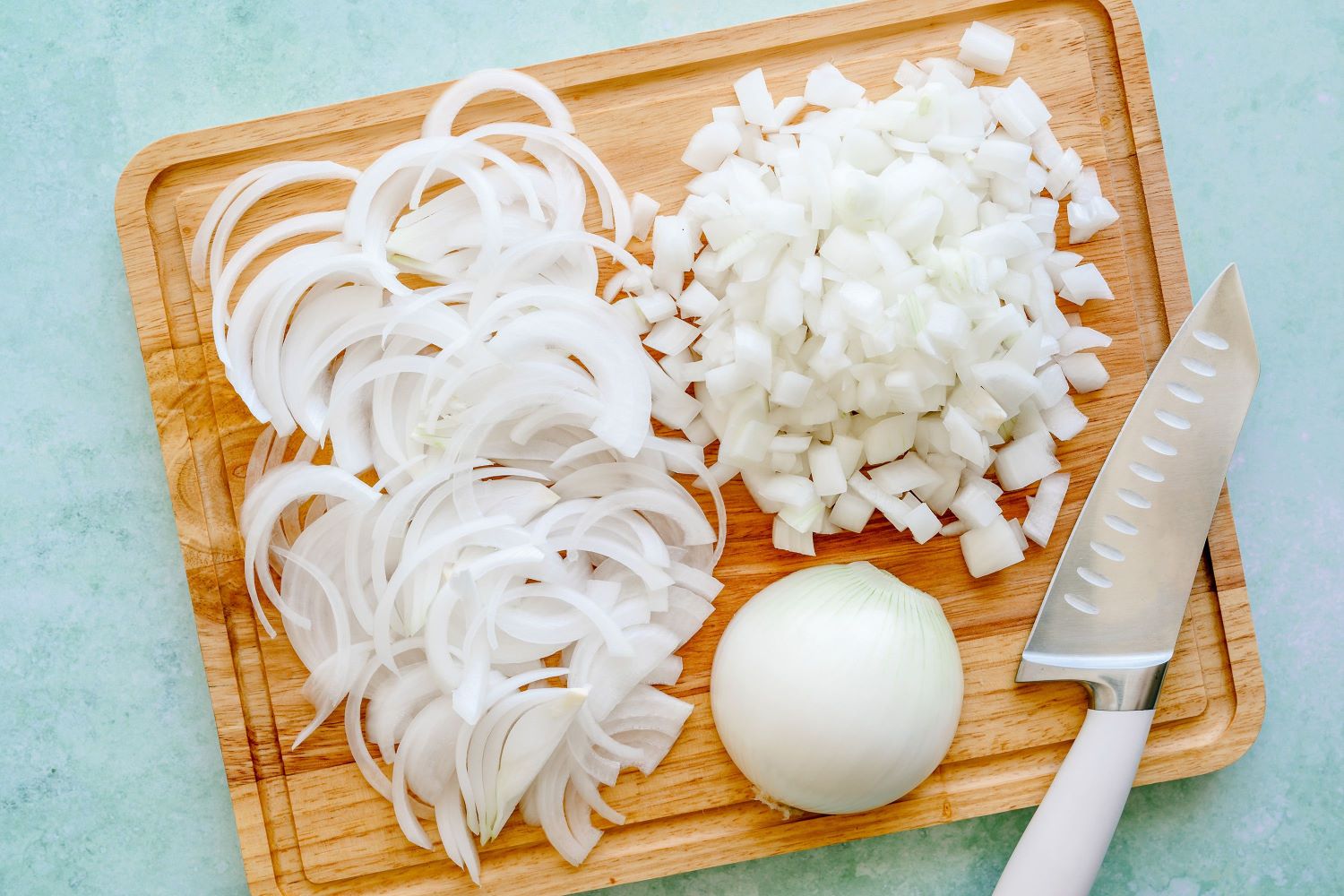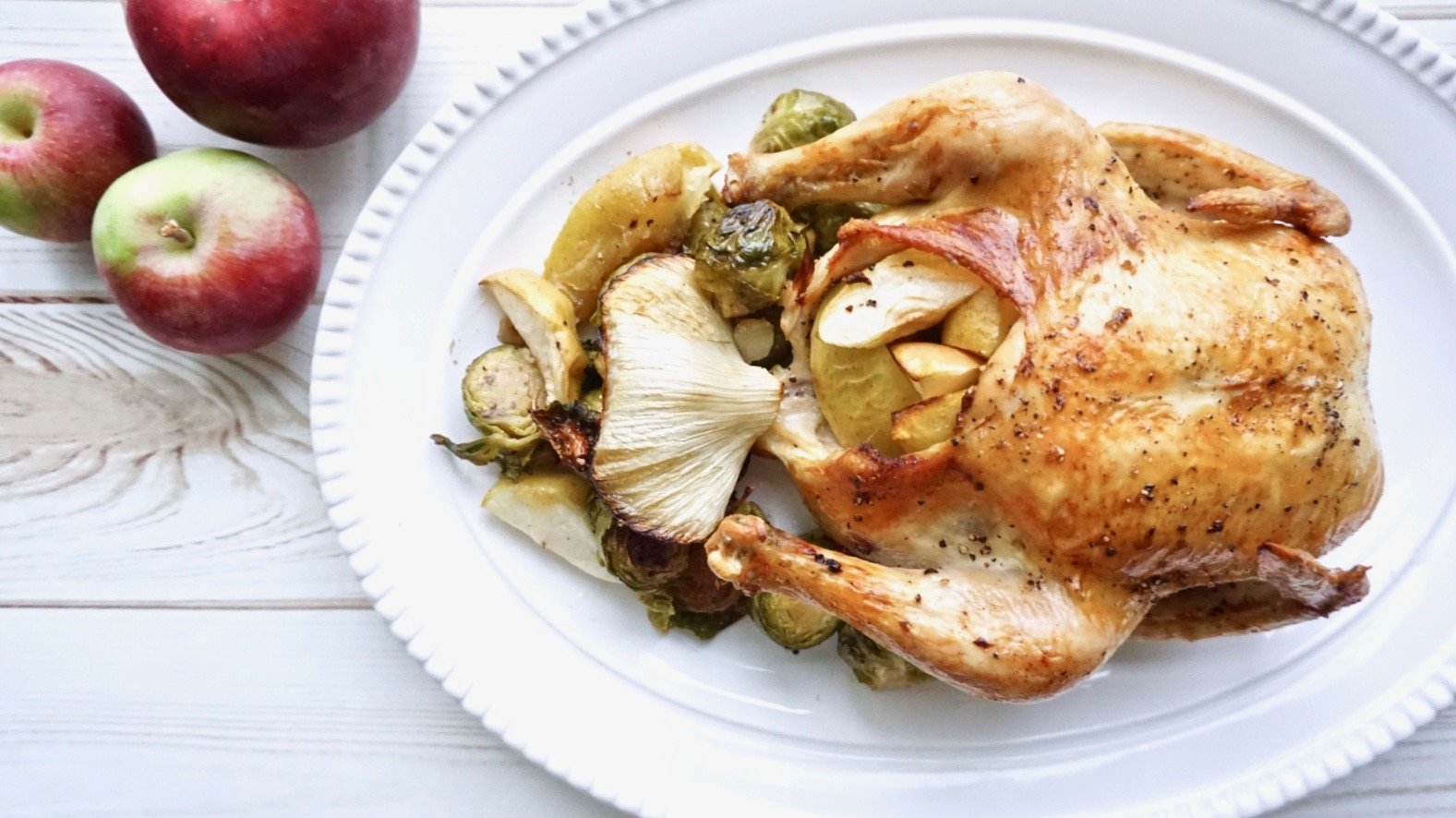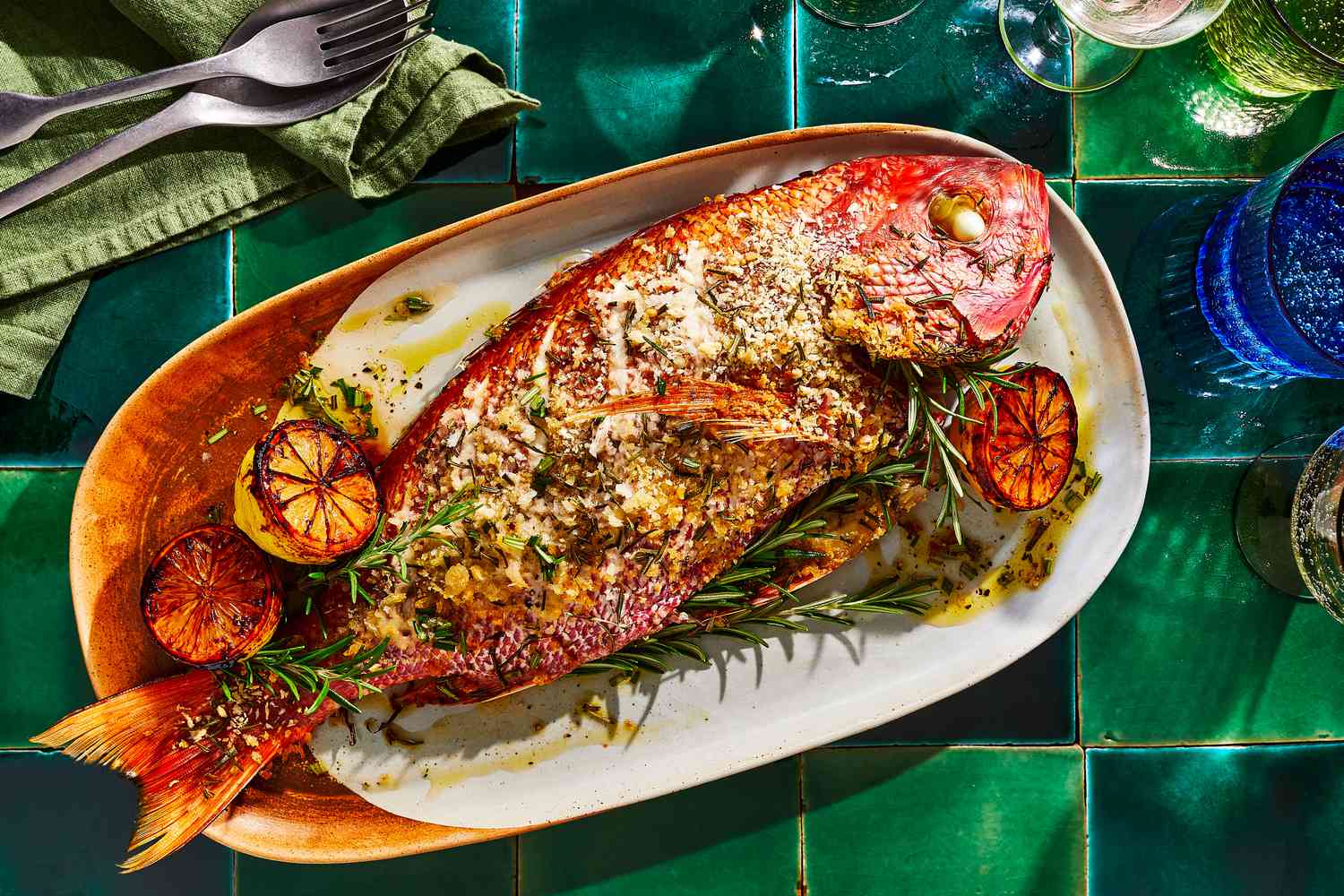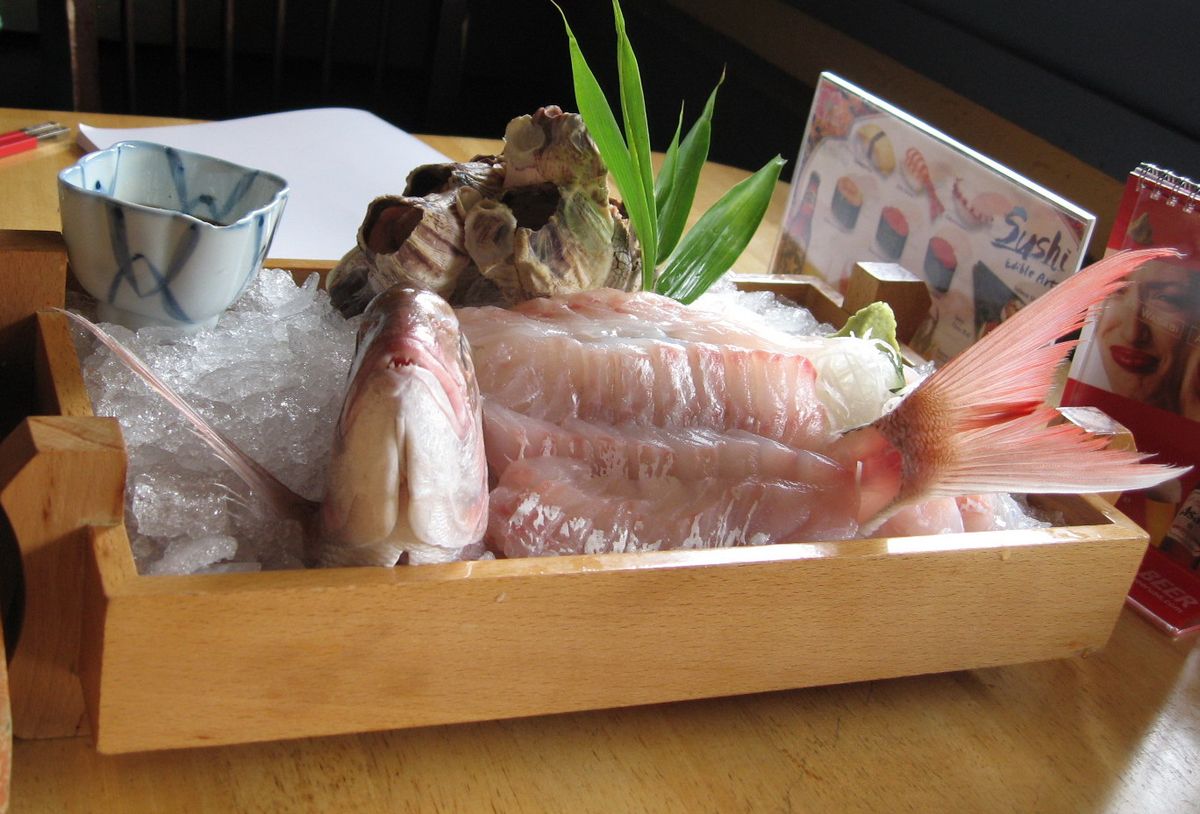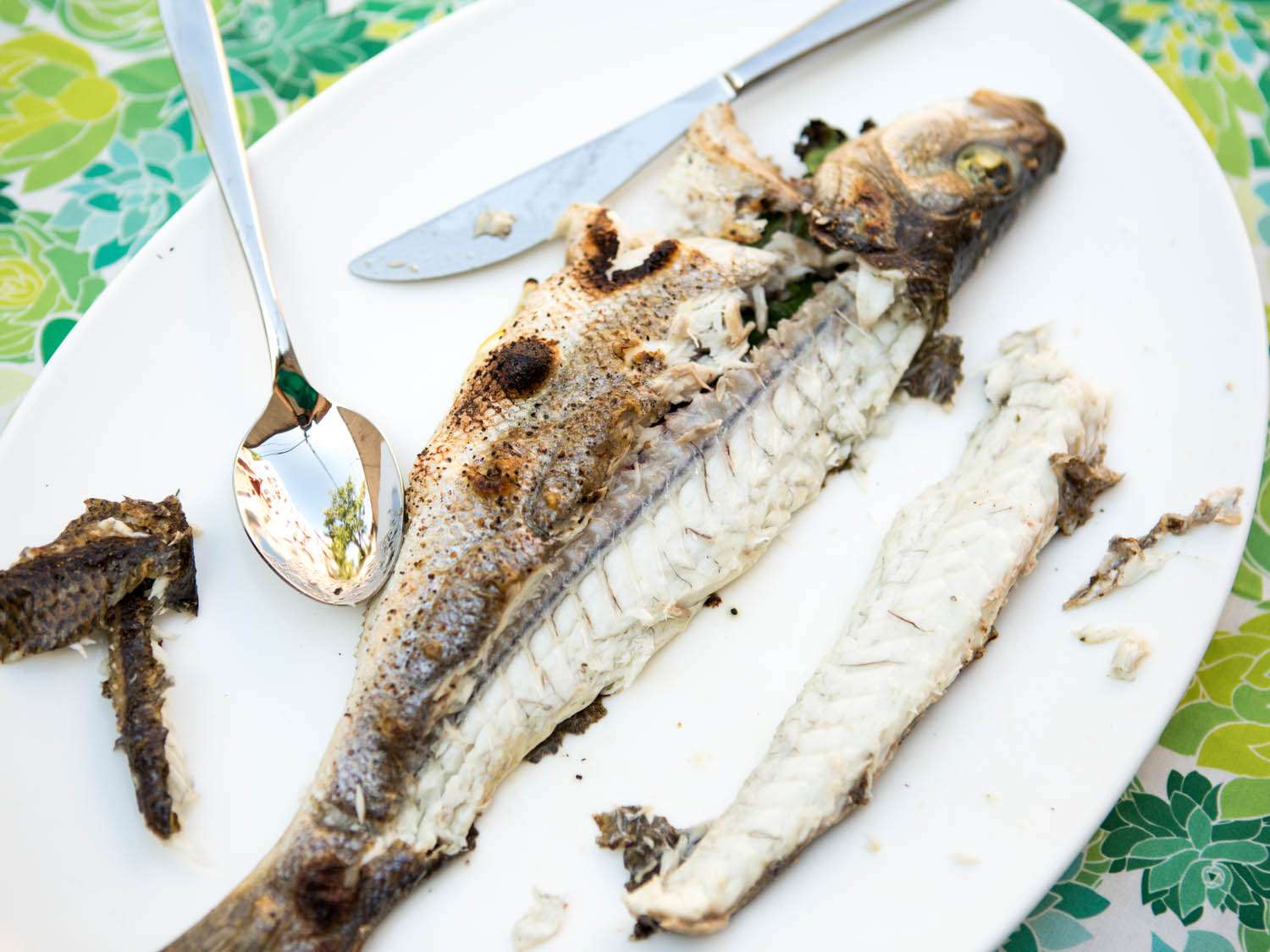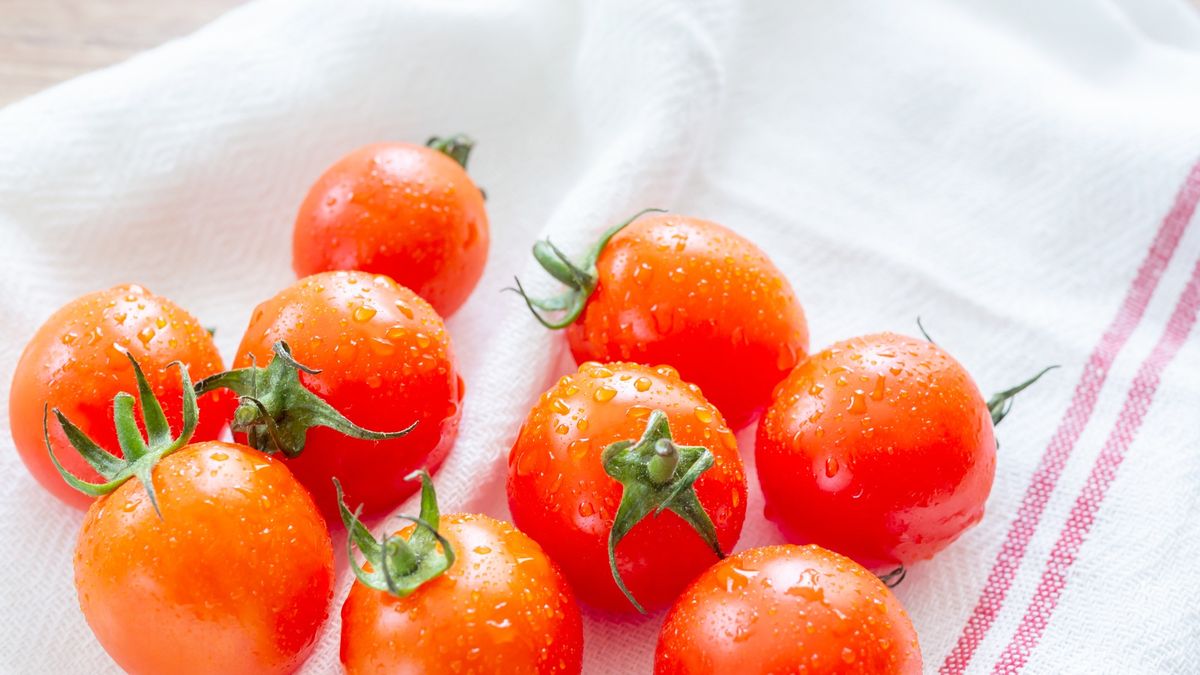How to Enjoy a Whole Onion
Onions are a staple in many dishes, adding flavor and depth to a wide variety of cuisines. While they are typically used as an ingredient in cooking, some people enjoy eating them whole for their unique taste and health benefits. If you’re curious about how to eat a whole onion, here are some tips to help you savor this pungent vegetable in a way that suits your palate.
Choose the Right Onion
When it comes to eating a whole onion, it’s important to select the right type. Sweet onions such as Vidalia or Walla Walla are milder and sweeter, making them more palatable for eating raw. Red onions are also a popular choice for their vibrant color and slightly milder flavor compared to white onions. Whichever variety you choose, make sure it’s fresh and free of any soft spots or mold.
Wash and Peel
Before consuming a whole onion, it’s essential to wash it thoroughly under running water to remove any dirt or debris. Once clean, carefully peel away the outer layers, ensuring that the onion is free of any papery skin or blemishes. Peeling the onion will also help to remove the strong, pungent odor that can be off-putting to some individuals.
Ways to Enjoy a Whole Onion
There are several methods for consuming a whole onion, and the approach you choose will depend on your personal preference and tolerance for the onion’s intense flavor. Here are a few popular ways to enjoy a whole onion:
- Slice and Eat Raw: Some people prefer to slice a whole onion into thin rings or wedges and eat it raw. This method allows you to experience the full flavor of the onion, along with its crisp texture. If you find the taste too strong, consider pairing it with a dip or dressing to mellow out the flavor.
- Roast or Grill: Roasting or grilling a whole onion can help to caramelize its natural sugars, resulting in a sweeter, milder flavor. Simply drizzle the whole onion with olive oil, season with salt and pepper, and cook it in the oven or on the grill until it becomes tender and golden brown.
- Stuffed and Baked: Another popular method is to hollow out a whole onion, fill it with a savory stuffing, and bake it until the onion is soft and the filling is heated through. This approach adds complexity to the onion’s flavor and creates a satisfying dish that can be enjoyed as a side or main course.
Health Benefits of Eating Whole Onions
While eating a whole onion may not be for everyone, it’s worth noting that onions are packed with essential nutrients and health-promoting compounds. Quercetin, a powerful antioxidant found in onions, has been linked to a reduced risk of chronic diseases, including heart disease and certain types of cancer. Onions are also a good source of vitamin C, fiber, and other beneficial plant compounds that support overall health and well-being.
Final Thoughts
Whether you enjoy the bold flavor of a raw onion or prefer the sweetness of a roasted or stuffed onion, eating a whole onion can be a flavorful and nutritious experience. Experiment with different cooking methods and flavor combinations to find a way of enjoying a whole onion that suits your taste buds. Just remember to savor the unique taste and reap the health benefits that this humble vegetable has to offer.
So, the next time you’re feeling adventurous in the kitchen, consider incorporating a whole onion into your culinary repertoire. Who knows? You might discover a newfound appreciation for this versatile and nutrient-rich vegetable.
